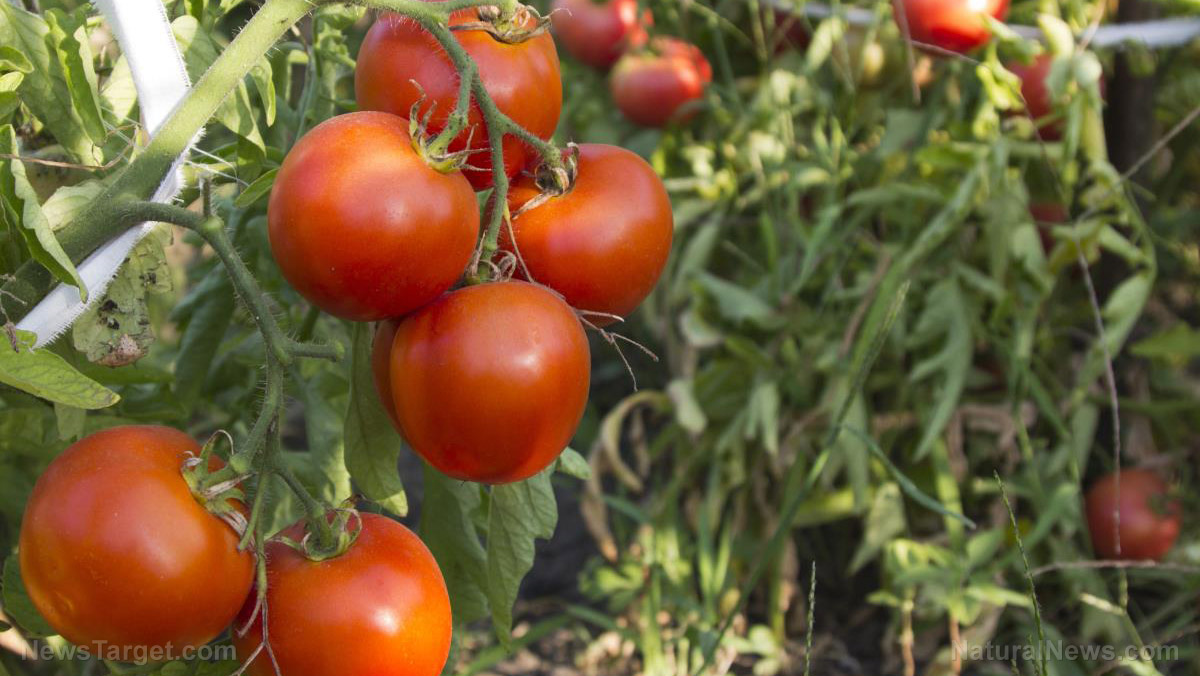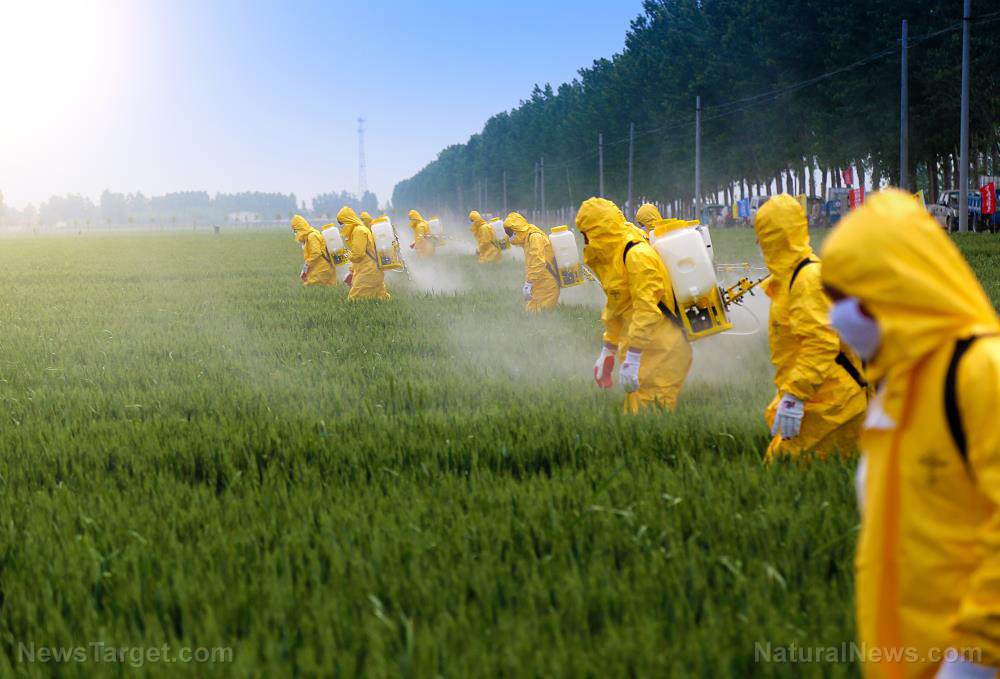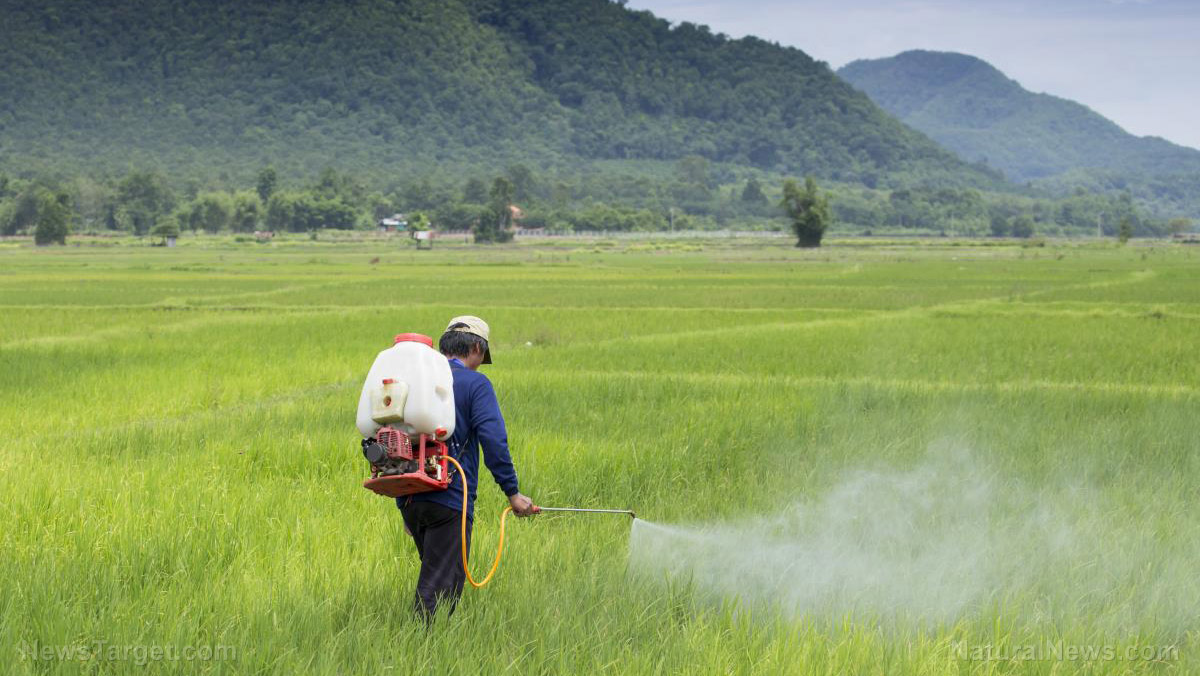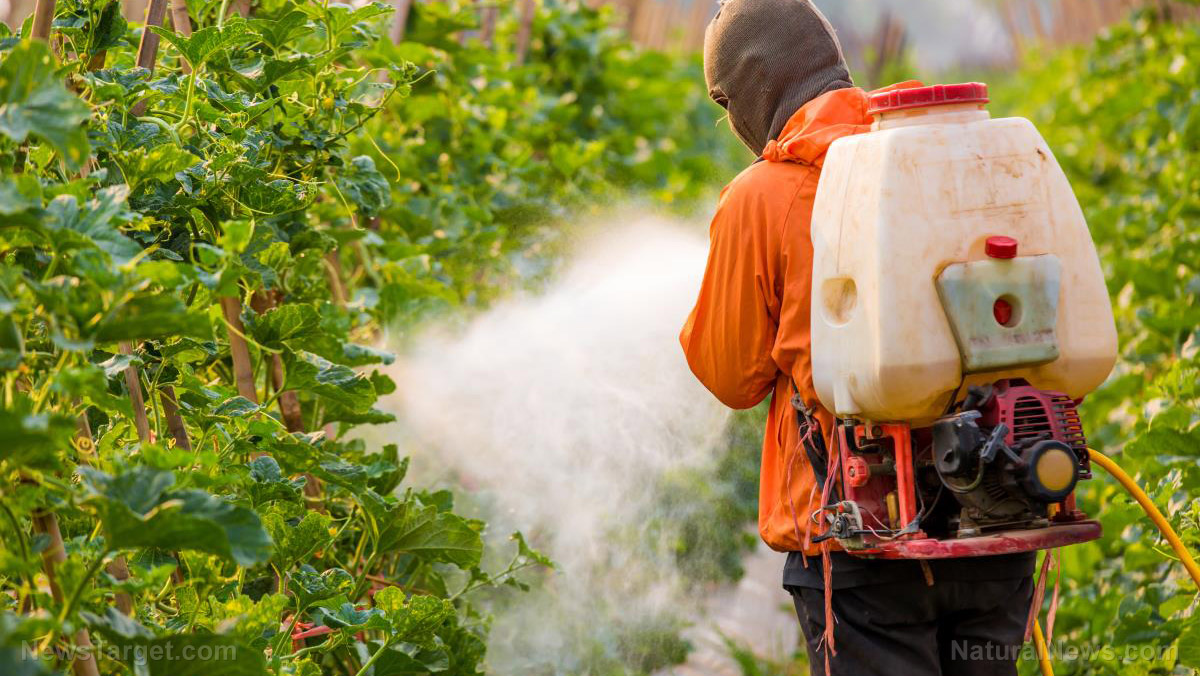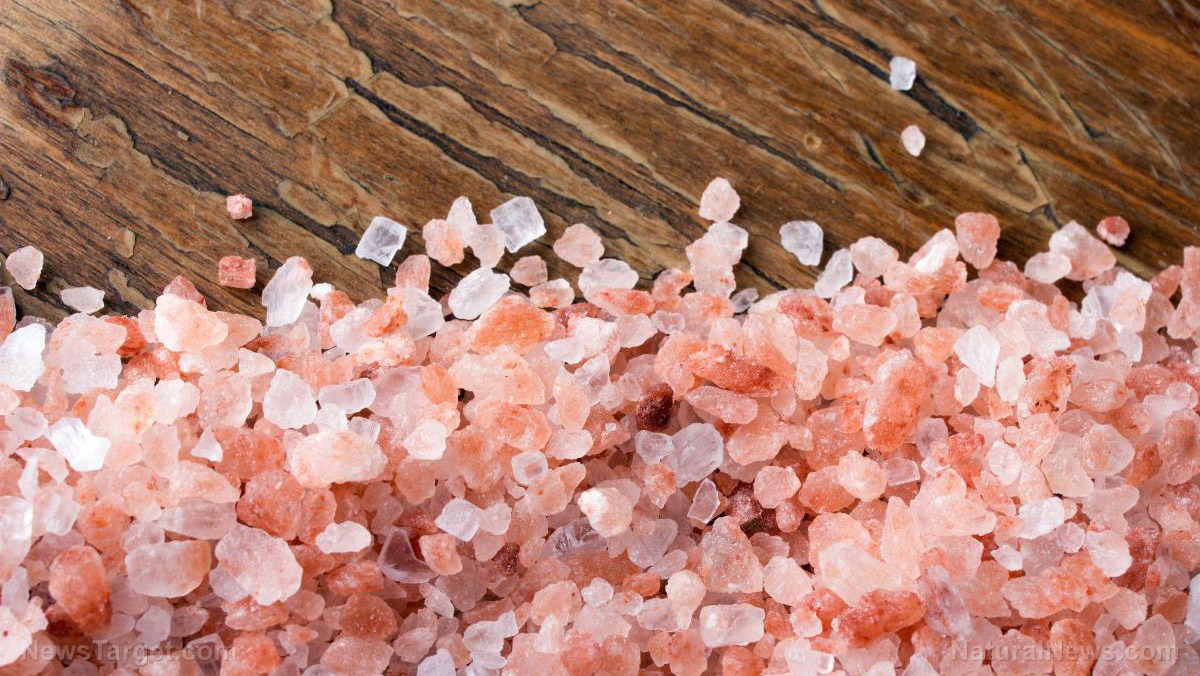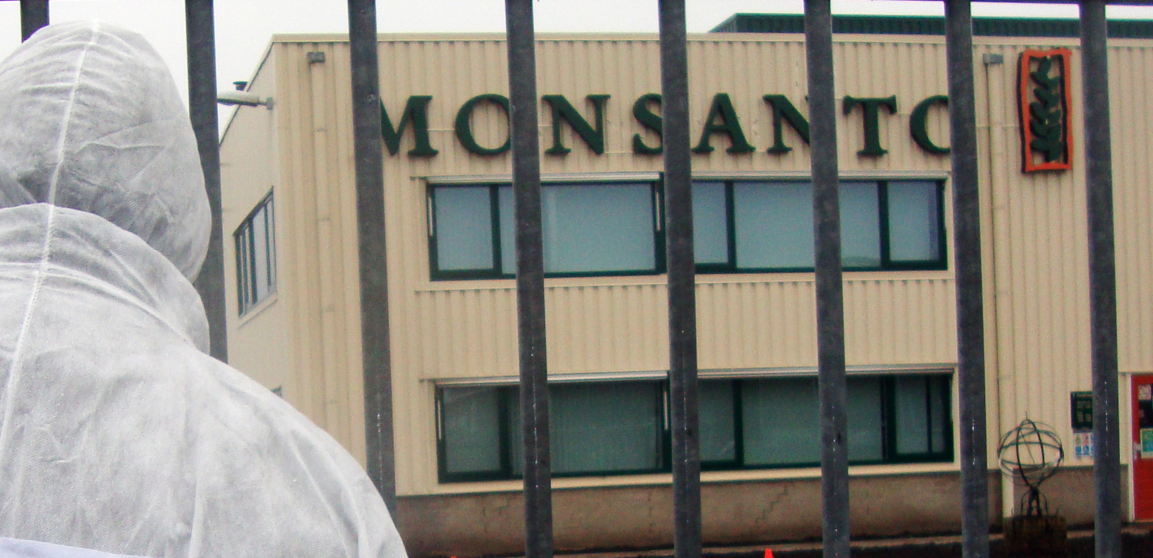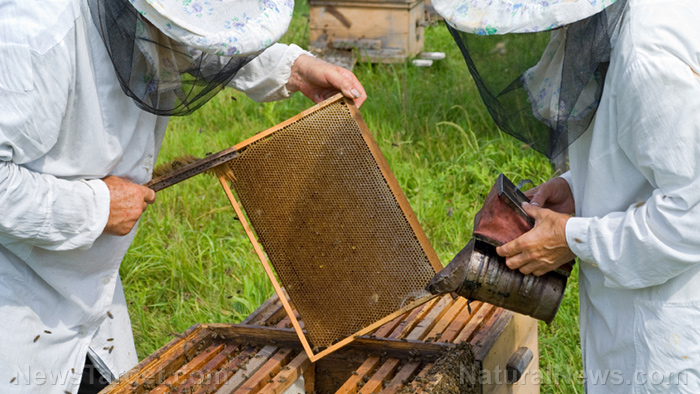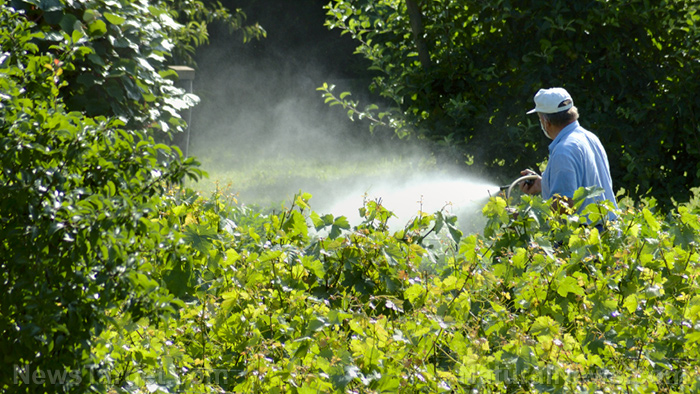Nature fights back: “Weaponized” hogweed spreading across New York, can scar and BLIND humans
07/24/2019 / By Cassie B.
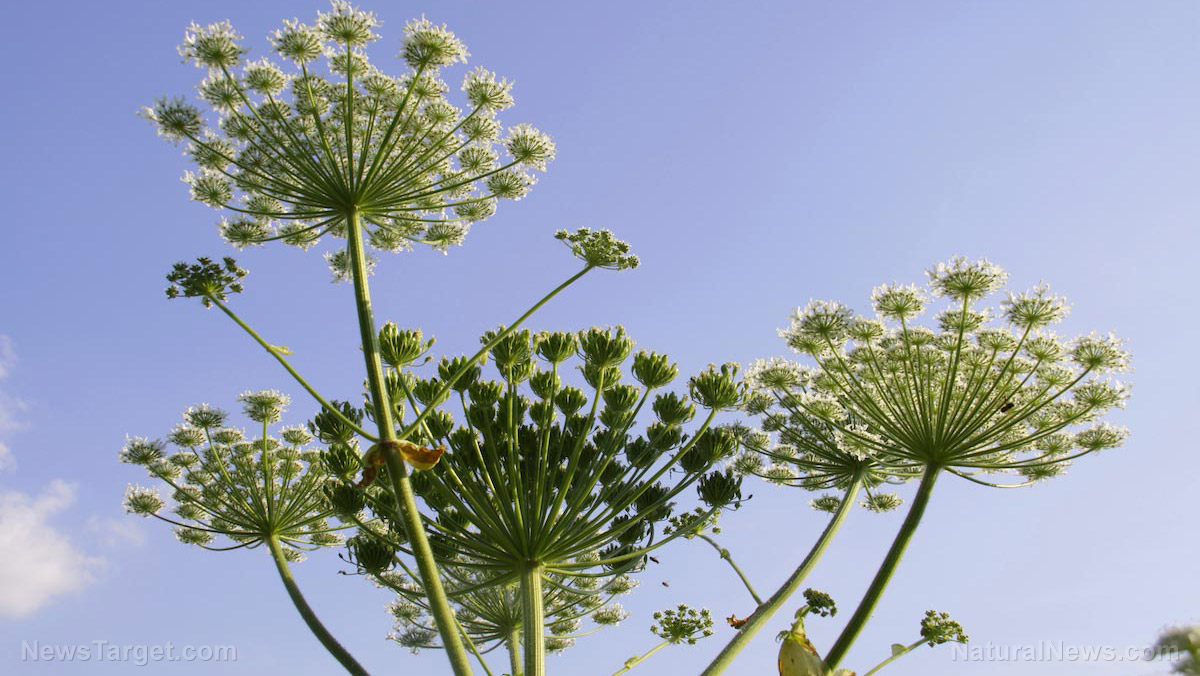
“Weaponized” hogweed continues to spread across New York, prompting the state to issue a warning to residents about the dangerous plant that can burn, scar and blind people. This weed is also cropping up in other areas of the country, and it’s causing such severe reactions that it’s hard not to wonder if Mother Nature isn’t trying to tell us all what she thinks of mankind’s poisoning of the planet.
Giant hogweed (Heracleum mantegazzianum) might be pleasing to the eyes with its small, white umbrella-like flowers. However, it’s far from pleasing to the body, as contact with its sap makes skin sensitive to sunlight and brings about bright red burns and exaggerated blisters everywhere it touches. Scarring from the blisters can last for as long as six years.
If the sap gets in your eyes, the situation is even worse: it can cause long-term sunlight sensitivity and blindness. A toxic reaction to the plant can occur within just 15 minutes of contact.
The plant hails from Russia and Georgia but has since spread to Europe, as well as North America. New York authorities are advising residents that it’s unlawful to sell, propagate or transport the weed, pointing out its negative impact on the ecosystem by contributing to soil erosion and crowding out native plants.
It has also been spotted in Clark County, Washington, where authorities have asked residents who believe they’ve found the plant to contact them so they can safely eradicate it. Last year, a teenager was treated in Virginia for serious burns suffered after chopping down the plant. It has also been spotted in New Hampshire, Maine, Vermont, Michigan, Maryland, Ohio and Pennsylvania.
Spotting this dangerous plant
This noxious weed is actually part of the carrot family. Although it starts out small initially, it can grow as tall as 14 feet within three to five years. When it matures, it can spread as many as 20,000 seeds across a 30-foot radius; water and air can spread the seeds even further. It is distinguished by its stems, which are green with purple dots and white hairs, and its huge, jagged leaves can stretch up to five feet wide. The white flower clusters on its top make it easy to spot – and easy to confuse for less harmful species, like Queen Anne’s lace.
It’s typically found along waterways, and it can grow in open and wooded spaces alike, appearing in yards, fields, forests and on roadsides.
Those who accidentally come into contact with the plant are advised to wash the affected area immediately using soap and water and to avoid going into the sun. It’s imperative to seek medical attention as well. If the sap gets into your eyes, you should rinse them immediately and put on sunglasses to prevent further damage.
Mother Nature is angry with us
Could the proliferation of this scary plant be a reaction to the way we are destroying the Earth with herbicides and other toxins? To name just one example, the use of the herbicide glyphosate has risen 15-fold since 1996, with more than 3.5 billion pounds of the glyphosate product Roundup used in the U.S. alone to date.
Its use has given rise to glyphosate-resistant weeds while harming useful soil microbes. It’s made its way into waterways, where it harms marine life, and it is also one of several agricultural chemicals contributing to honeybee population declines. When you throw other human activities into the mix, like fracking and the use of biosludge, it’s easy to see why Mother Nature might be angry enough with us to start building up her chemical defenses against humans.
Sources for this article include:
Submit a correction >>
Tagged Under:
This article may contain statements that reflect the opinion of the author
RECENT NEWS & ARTICLES
COPYRIGHT © 2017 PESTICIDES NEWS



